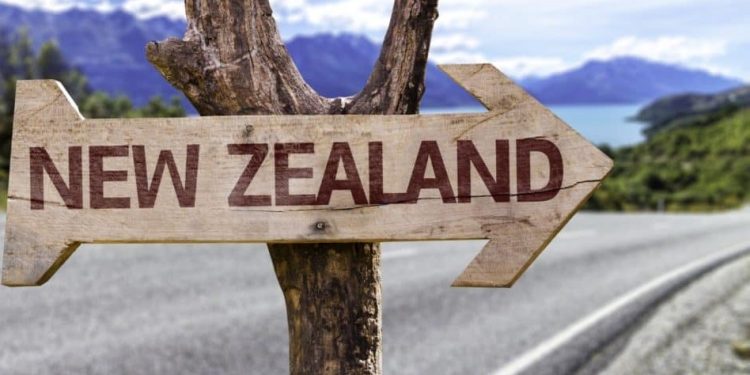New Zealand experiences a surge in foreigners arriving as immigration rules are relaxed to address labour shortages. According to Statistics New Zealand, a record number of non-New Zealand citizens are flocking to the country, taking advantage of the recently relaxed immigration rules aimed at addressing labour shortages.
In the year leading up to April 30, a net total of 98,391 non-New Zealand citizens arrived, while 26,061 citizens departed. This resulted in a net immigration figure of 72,330, marking the highest annual increase since July 2020 and surpassing the revised figure of 65,755 recorded in the previous 12-month period ending in March.
New Zealand has been facing urgent labour shortages across various sectors, such as healthcare, with a demand for nurses and doctors, as well as skilled professionals in fields like mechanics, engineers, and construction. These shortages were exacerbated during the Covid-19 pandemic when the country’s borders were closed.
The recent surge in immigration is seen as a reflection of pent-up demand and is expected to ease the labour market pressures, as stated by the nation’s central bank last month, although it is anticipated to gradually subside in the near future.
Immigration Minister Michael Wood expressed optimism regarding the recent surge in foreign workers arriving in New Zealand, stating that it is a positive indication of the economy obtaining the necessary workforce. Acknowledging the global labour shortage and the pleas from various industries for additional workers, Wood emphasised the importance of responsive immigration policies to address these needs.
While the increase in immigration numbers has the potential to alleviate wage pressures, its impact on inflation remains uncertain, as it could also stimulate demand for goods and services.
In April, the rate of net immigration slowed to 5,785 individuals compared to over 13,000 in each of the two preceding months. Economists interpret this as a potential sign of nearing the peak in arrivals.
Mary Jo Vergara, a senior economist at Kiwibank in Auckland, noted the significant interest in moving to New Zealand, stating, “The data signals a sizable desire to move to our corner of the world.” However, Vergara also anticipates that the flow of non-New Zealand migrants may continue to increase, but the peak is approaching.
Following the conclusion of its rate-tightening cycle in May, the Reserve Bank of New Zealand has expressed its intention to closely analyze incoming data, including the composition of immigrants. This includes not only workers who stay in the country for short periods, as little as two years but also those who arrive with their families and establish long-term settlements by purchasing houses.
Assistant Governor Karen Silk, in an interview with Bloomberg last month, emphasised the importance of understanding the specific mix of immigrants, noting the historically volatile nature of immigration data.
In the year leading up to April, New Zealand experienced a net influx of 144,263 non-New Zealand citizens, offset by 45,872 non-citizen departures. The level of non-citizen arrivals surpasses the average of 60,200 recorded in the five years prior to April 2020, according to the statistics agency’s report.











